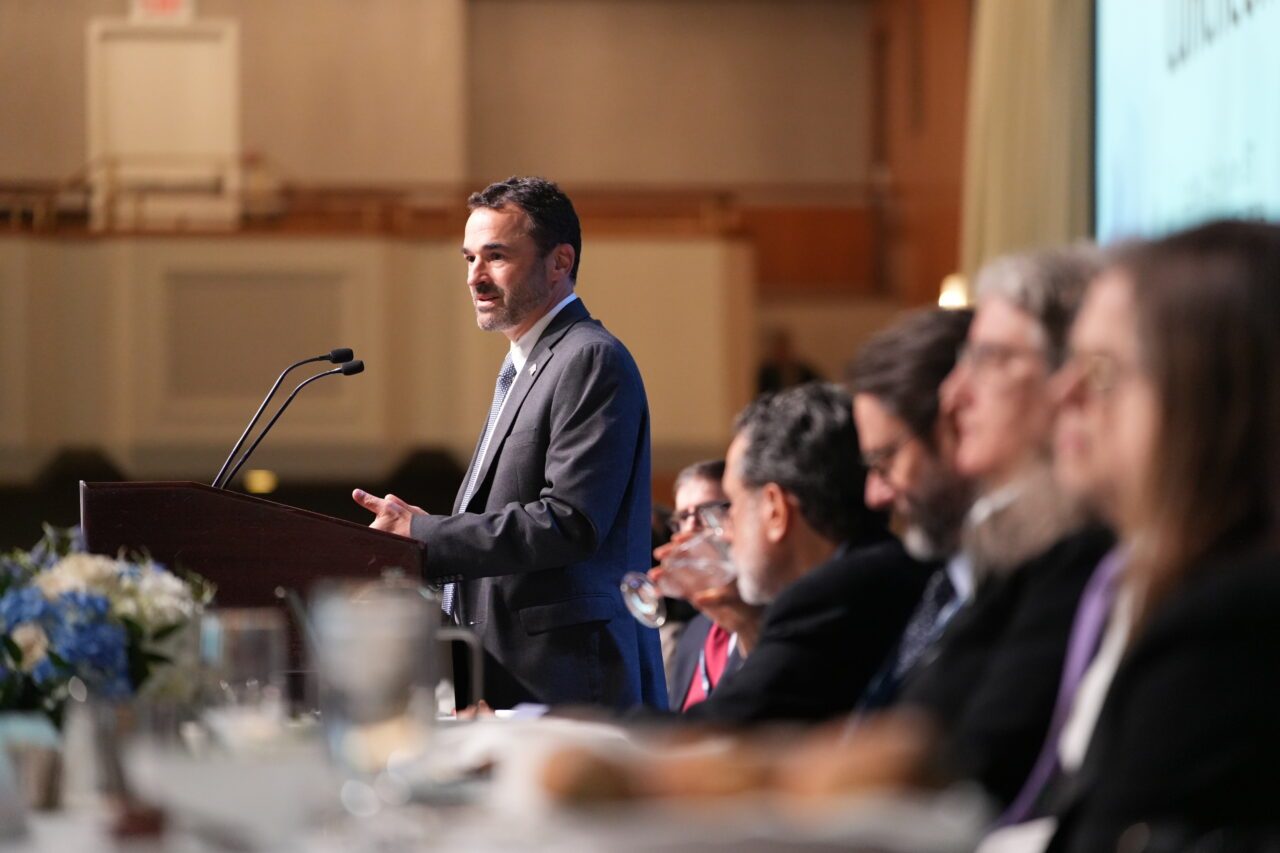Update on Structured Attorney Fees
3.23.2023

I recently wrote about structured legal fees for lawyers (see “Contingent Fee Tax Planning, Anyone?” NYSBA Journal, vol. 94, no. 5, Sept./Oct. 2022, p. 37). For nearly 30 years, plaintiff lawyers have been structuring contingent legal fees based on the seminal tax cases of Childs v. Commissioner.[1] Payments over time can flatten the peaks and valleys of your income and reduce borrowing needs to finance cases. An annuity company or third party doles out the payments, so a legal fee structure is a little like a tax-deferred installment plan. It doesn’t rely on the creditworthiness of the defendant or the client, and it can grow pretax rather than post-tax.
The contingent fee lawyer must document it before settlement, can structure some or all of it and can call for payment over any number of years or for life. Some companies even allow borrowing. Whether the structure involves annuities or securities, the format and documents are important, but done properly, it has not been controversial.
The tax case uniformly cited as establishing the bona fides of attorney fee structures is Childs, and over the last several decades, the IRS has often cited it favorably. But in December 2022, the IRS released Generic Legal Advice Memorandum, AM 2022-007, a “GLAM.” It does not address the precise fact pattern in Childs or call for it to be overturned, but it may be a roadmap for what the IRS may argue in tax audits of fee structures. The GLAM is not binding on any taxpayer and is not published authority, unlike an IRS revenue ruling, a treasury regulation or a tax case like Childs.
The GLAM is lengthy, 25 pages single-spaced, and makes four arguments why the hypothetical structured fee the IRS describes should not work. The IRS says it would violate the assignment of income doctrine, the economic benefit doctrine, Section 83 of the tax code (an IRS argument the Tax Court and 11th Circuit rejected in Childs) and is a deferred compensation plan violating Section 409A of the tax code. That section says some compensation deferred under regular tax rules should nevertheless be currently taxed if it fails to comply with certain rules.
Fortunately, the Treasury Regulations under Section 409A say that the entire provision does not apply to independent contractors who have two or more customers or clients, among other requirements that are usually satisfied for structured fees. Since the time this regulation was released in 2007, it has been widely understood to exempt structured legal fees, since most lawyers have two or more clients. In any case, it is not yet clear if the IRS will have any success with its new positions on certain structured legal fees.
Much of the IRS’s discussion seems to rely on distinguishing its hypothetical from the facts in Childs’ structured fee, so the IRS may face bigger challenges if it tries to attack structured fees more universally. At a minimum, the GLAM suggests that the IRS is less comfortable with at least some structured fee arrangements than was previously thought. Of course, most people are never audited, and that is true with lawyers and structured fees too. But the release of the GLAM by the IRS suggests that if you are, there may be more pushback than was previously thought, particularly if your fee structure looks like low-hanging fruit to the IRS.
It is even possible that we will end up with another tax case reprising the issues discussed in Childs, though if that occurs, it will take years. And like any tax case, it will be based on the facts and documents in that particular case. In the meantime, there is no reason that plaintiff lawyers or the structured settlement industry need to stop structuring legal fees. But more care and awareness with the issues, dotting your i’s and crossing your t’s, would be a good idea.
Robert W. Wood is a tax lawyer and managing partner at Wood LLP. This discussion is not intended as legal advice.
[1] 103 T.C. 634 (1994), aff’d without opinion, 89 F.3d 856 (11th Cir. 1996).






